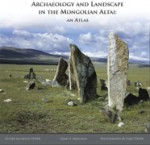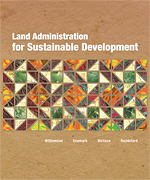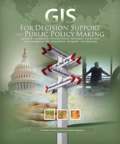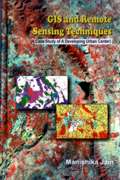
Monday, May 3rd, 2010
Geographic Information Systems (GIS) link environmental modelling and engineering technologies and applications together. They allow simulation of scientific phenomena to take place and also enable verification and validation of spatial data modelling. This book describes the connection between GIS and environmental modelling and includes many examples that help readers to understand this relation.

Sunday, April 25th, 2010
The development of standards based systems support the processing, archiving, management and distribution of spatial data. These benefits are particularly important in the field of earth observation which involves the capture of data from hundreds of different types of sensors and thousands of different distribution products. Editors Liping Di and H.K. Ramapriyan provide a collection
Monday, April 12th, 2010
Building design alone does not make a building intelligent. The performance of a building over time, throughout it’s lifecycle is a distinguishing factor in establishing the level of intelligence for a building. Several separate and inter-connected pieces of automated technology are included within intelligent buildings and these must be integrated to provide optimal performance. Author

Sunday, March 14th, 2010
The Spatial Turn is a collection of writings by 13 scholars about geography and space. The term Spatial Turn finds it’s origin in the turning of geographical pursuit toward social and historical narratives. It emanates from the social sciences that reconsider space in the context of new dimensions in human geography.

Sunday, February 28th, 2010
A chronology of 15 years of research and documentation in northwest Mongolia, this book spans the 12,000 year history of the region and the cultural heritage of the people that live there. The location borders both the China and Russian border areas and the book is the first of it’s kind oriented toward archaeology and

Saturday, December 19th, 2009
Land administration plays a unique role in solving sustainability issues. It involves an integrated approach that includes several common factors that can be applied around the world, even though their actual implementation can differ from country to country. Our relationship to the land includes both physical and cognitive factors and these connect to wider topics

Sunday, November 1st, 2009
Today the discussion surrounding maps and cartography is growing. The Internet is allowing more people in different places to experience map use digitally through a wide variety of devices. This use is creating questions about maps, mapping and cartography. Editors Martin Dodge, Rob Kitchin and Chris Perkins have gathered togather a collection of contributors, each
Sunday, October 11th, 2009
Lars Brodersen has written a book that describes what geocomunucation means and what it involves. In his view, geocommunication is much different than cartography alone. In this paper, we will set out some of the results and findings. We have attempted to identify a number of trends and to indicate what their significance may be

Thursday, August 27th, 2009
Recent economic events have plunged governments into the center of changing economic circumstances that require efficient and effective decision making. These challenges have become even more critical just as this book was released. Governments worldwide at all levels from local to national are increasingly finding that they are being called upon to initiate and participate

Sunday, August 16th, 2009
Geographic information systems (GIS) and remote sensing (RS) are often used in urban development and urban sprawl applications. This book is written with a view to inform readers about this relationship through an analysis of land use change and development. The infrastructure of the study region is also assessed. Author Manishika Jain studies the Udaipur